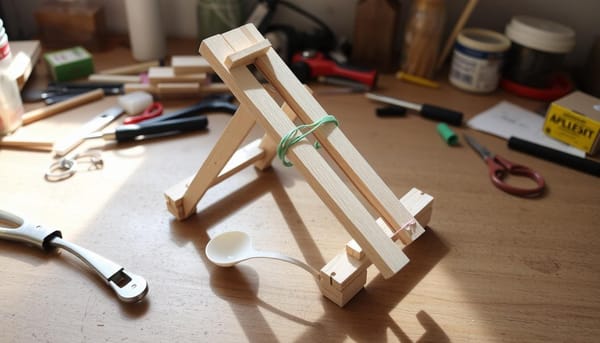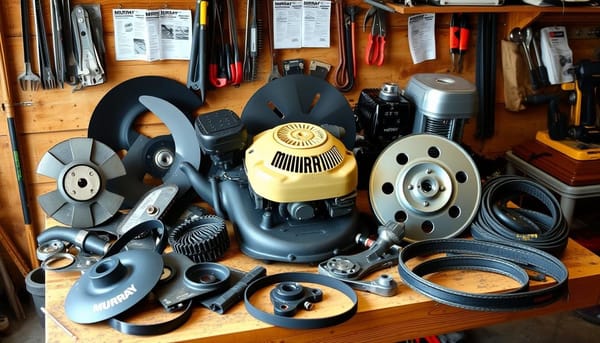Want Leather? Love Cows? Biofabrication Saves the Day

So you're a punk, fashionista, biker or some amalgamation of them all somehow. You likely have some hanging up in your closet right now. I'm talking leather, leather pants, leather shirts (yes, they exist for some reason), leather jackets or leather shoes are all trendy all over the world. The leather is seen as a status symbol, a wealth indicator, and sturdy fabric but it is also cruel and an environmental threat.
The Cost of a CowThe most obvious way that leather can be considered cruel is the fact that cows (the most used animals for leather products, though not the only ones) are killed for it often in extreme ways. Since many animal abuse laws do not protect animals used for food or clothing and to save on price, leather may be exported from countries with much lower animal welfare standards.
Cows are smart and sociable animals with the proven capacity to feel pain, make friends and even have accents. Though cows are the biggest victims here, they're not the only ones. Workers in tanneries where hides are prepared into right fabric must treat the carcasses with toxic chemicals to halt decomposition. These chemicals are bad for the environment and especially nearby communities which use the water that has been polluted by tanneries when they are located downstream. Unfortunately for regions and countries where protection of animals is poor, protection for workers and residents affected by tanneries is also poor.
It doesn't have to be this way. Today's startup, Modern Meadow, has a dream of leather that doesn't have to cost a single cow or pollute a unique waterway.
We Have the Power, We Have the TechnologyModern Meadow uses Biofabrication, a form of biotechnology to grow leather from animal-free collagen and other human-made materials. Modern Meadow was originally looking into the development of meat alternatives, a popular area for food tech startups, but instead turned to the possibility of biofabricated leather. If this sounds bananas, that's because it is. In fact, very few startups work in this area at all.
Though few startups look at biofabricated leather or fur, the issue isn't any less important. Whether the interest is animal rights, fashion or both, it's clear that the fashion industry both craves and on some levels distrusts alternatives to leather. On the one hand, designers like Stella McCartney have spoken out about the cruelty of animal products in clothing design while others look at leather and fur as the peak of haute culture and see alternatives as a threat to their image.
Okay, so the billion bitcoin question, how the heck do you make leather in a lab? Biofabricated materials, as I mentioned earlier are grown without the use of animals. Increasing collagen does this in the lab; collagen is the same protein that is found in the animal skin. The base pairs of DNA (remember having to memorize adenine (A), thymine (T), cytosine (C) and guanine (G) in biology class? Yeah, those base pairs) are used almost like software code.
Starting with our first bioleather materials brand Zoa, we’re inspired by all the aspects of leather we cherish suppleness, breathability, and patina while innovating new aesthetics and performance characteristics. Our unique biofabrication process applies the performance of synthetic polymers to the building blocks of nature. The result? The world’s first bioleather materials made without animals.The base pairs are cut and replaced with new base pairs to create new and unique DNA strands in the same way code is used to generate instructions for computers. In this case, they're reordered so that a cell 'knows' to make collagen. Once the DNA is added to cells, they are multiplied, copying themselves tens of billions of times.
All of these cells will produce the collagen protein and other proteins which Modern Meadow uses as building blocks for their materials. The collagen is then grouped into fibrils (really tiny fibers), and the collagen fibers are assembled into a material structure, then processed further by Modern Meadow for their Zoa product line. Once this is done the bioleather is tanned through an environmentally responsible process.
The treatment and finishing of their product through the tanning process uses less water, energy, and chemicals than the traditional tanning process.
Just Like the Real McCoyI mentioned Zoa earlier, Zoa is their brand, but it's so much more than that. It's the world's first bioleather materials brand. The structure of the bioleather they use means that it's easier to work with and form into whatever structure is needed and because it's made from lab produced collagen, it looks and feels the same as leather. If you don't trust my opinion, a bioleather shirt (see I told you they exist) was featured in MoMA's exhibit entitled Is Fashion Modern? which ran from October 1, 2017 - January 28, 2018
Zoa™ is the world’s first bioleather materials brand. Able to be any density. Hold to any mold. Create any shape. Take on any texture. Combine with any other material. Be any size, seamlessly. A liquid. A solid. An anomaly. Grown with the intention of making things of real value, which exist not just to serve humans, but to co-exist with everything.Modern Meadow believes in animal-free products for the safety and well-being of animals and the earth, but they also think in the future. Humans change, we evolve, we discover things and make changes to the world around us to better suit our needs. If we adjust for the better, why shouldn't our fashion?
modernmeadow.com
Fyxes
Thoughts, stories and ideas.




